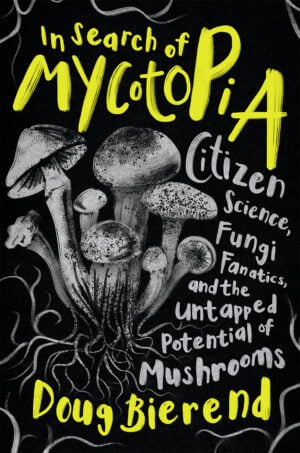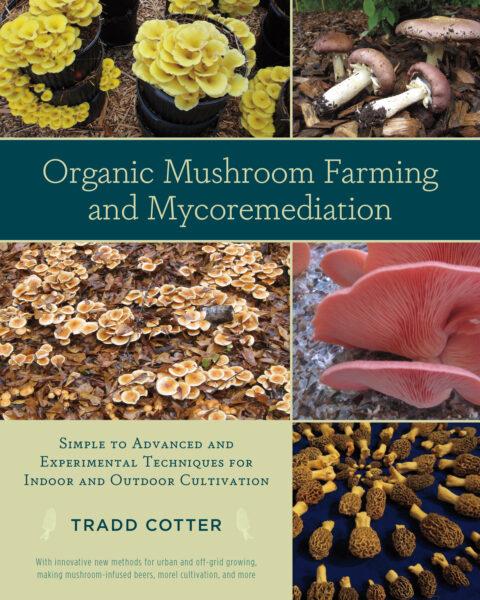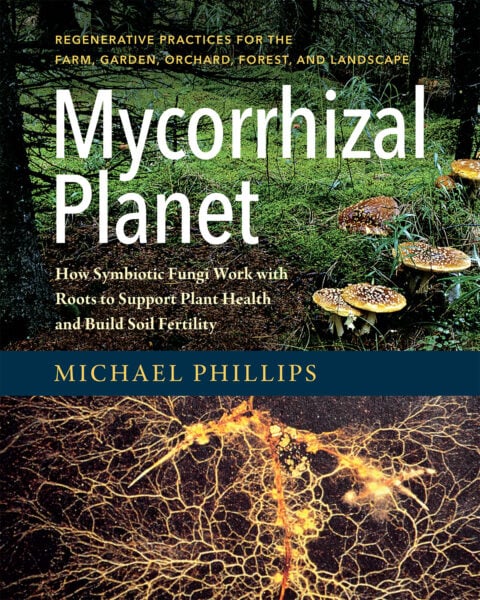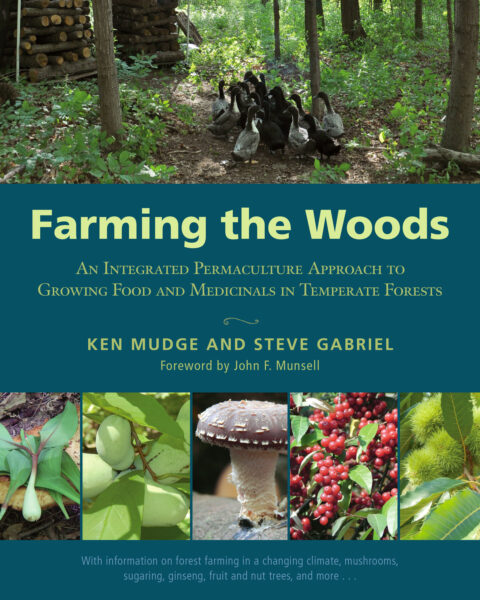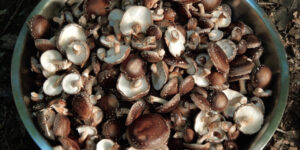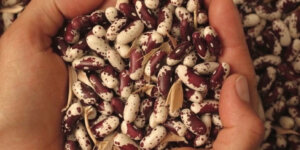Magic Mushrooms: A History

When the word “mushroom” comes to mind, “magic” isn’t far behind. But what started this almost immediate association between mushrooms and illicit drugs? While there are some truly magic mushrooms out there in the world, not all of them cause LSD trips when ingested, yet that is the common connection people make.
Doug Bierend explores the history of mushrooms and why so many people tend to be “myophobic” in his book In Search of Mycoptopia.
The following is an excerpt from In Search of Mycotopia by Doug Bierend. It has been adapted for the web.
A History of Magic Mushrooms
To tell someone that you’re into mushrooms is to invite a raised eyebrow and perhaps some cautious questions about your relationship to the law: “So are you into magic mushrooms?” Many mycophiles have learned to keep ready the reply, “All mushrooms are magic!” But before May 13, 1957, fungi and illicit activity weren’t so intuitively linked in the average American’s mind.
That’s when the nation was introduced to the existence of so-called magic mushrooms by way of an article in Life magazine penned by one R. Gordon Wasson, former vice president of public relations for J.P. Morgan & Company. The article, titled “Seeking the Magic Mushroom,” recounted his 1955 visits to Huautla de Jiménez, a small village in the southern Mexican state of Oaxaca. 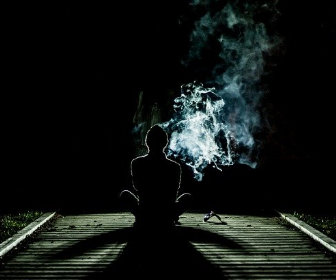
There, Wasson and photographer Allan Richardson became the first outsiders known to undertake the sacred Velada ritual, under the guidance of the Mazatec curandera Maria Sabina, and her daughter, Maria Apolonia.
Making several visits to the remote village over the course of four years, Wasson convinced a reluctant Sabina to include him in the sacred spiritual practice under the pretense of concerns over his son’s safety.1
He had journeyed to Huautla following rumors of sacred mushroom rituals still practiced there, part of a broader search for the fungal foundations of spiritual practices the world over.
“Was it not probable that, long ago, long before the beginnings of written history, our ancestors had worshiped a divine mushroom?” wrote Wasson at the outset of his fourteen-page article.
“This would explain the aura of the supernatural in which all fungi seem to be bathed. We were the first to offer the conjecture of a divine mushroom in the remote cultural background of the European peoples, and the conjecture at once posed a further problem: what kind of mushroom was once worshiped and why.”2
In the years leading up to Huautla, Wasson and his wife, pediatrician Valentina Pavlovna Guercken, rather unexpectedly became committed and influential ethnomycologists. Their peculiar passion was ignited, the story goes, when one night Valentina, who was from Russia, returned home in an excited state after discovering a trove of edible mushrooms on a forest walk.
She announced her plans to make dinner from them, to the horror of her husband. “Not long married,” he recounted, “I thought to wake up the next morning a widower.”3 Culinary preferences aside, their reactions suggested deeply set and widely divergent opinions of mushrooms, a difference they found profoundly intriguing.
“What pre-historic religion or tabu is finding expression when the English governess, with a facial spasm and shudder, grinds a delectable mushroom under her heel and warns away her charges?” Wasson wrote in a note to his colleague Robert Graves.4
The urge to kick mushrooms, it would seem, is nothing new.
The couple soon developed the belief that most cultures can be broadly defined as “mycophilic” or “mycophobic.”5 To the extent that mycophobia is a real and discrete phenomenon, its origins are difficult to pin down. In North America, it may be partly a European inheritance.
In the U.K., lore abounds about “fairy rings,” the suspiciously perfect circles of mushrooms that expand in grassy fields. Like a sort of miniature, medieval version of crop circles, they were thought to trace the paths of fairies as they danced overnight—stepping into the middle meant entering the realm of the devil. 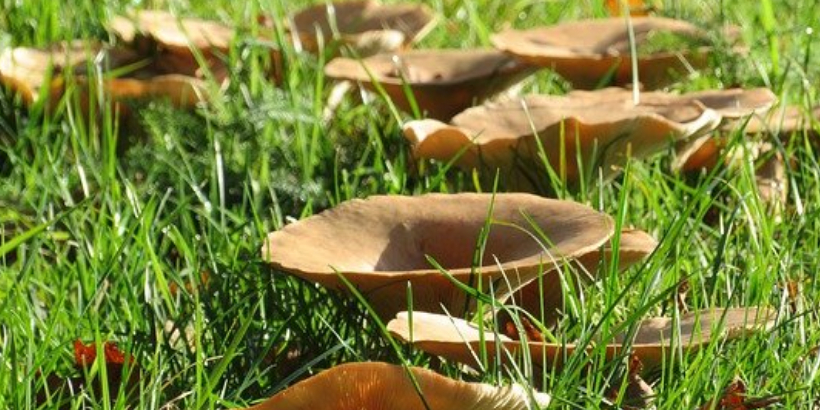
What once seemed a bad omen is in fact the sign of healthy mycelium growing in a radial pattern.6 Shakespeare famously invoked them in the final act of The Tempest, as Prospero addresses the fairies in renouncing his diabolical magic:
You demipuppets that
By moonshine do the green sour ringlets make
Whereof the ewe not bites;and you whose pastime
Is to make midnight mushrooms, that rejoice
To hear the solemn curfew7
Wasson and Guercken’s studies would lead them to focus on South and Central America, where sacred mushroom practices were still extant despite attempts at repression, though the mushrooms themselves may have been less a factor than the language and practices around them. The name given to the mushrooms—teonanácatl (or “god’s flesh”)—was not viewed favorably by Spanish colonizers with their Catholic sensibilities.
Franciscan friar Toribio de Benavente observed the Aztec practices personally, relaying a horrified tale of hallucinating heathens begging for death.8 Afterward, a manual for the clergy was published with the recommendation that priests taking confession from Indigenous people include a question about whether they’d eaten or even served the offending mushrooms, later named Psilocybe mexicana.9
The mushroom stones of Guatemala—carved humanoid figurines with large mushroom caps atop their heads—suggest fungi-related spiritual traditions may have resonated well south of Mexico and into Mayan territory.10
The emerging history uncovered by early ethnomycologists—among whom the Wassons became most prominent—was tantalizing, but entheogens weren’t exactly new to science in 1957. Albert Hofmann first isolated lysergic acid diethylamide (LSD) nearly two decades earlier, in 1938, while prospecting for circulation-enhancing molecules to aid in the Allied war effort. 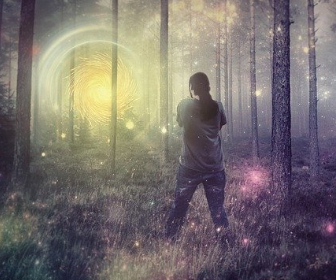
In a story that has since become legend, the scientist accidentally dosed himself at Sandoz Labs in Switzerland, then somehow managed to make it home safely. There, he underwent the first documented LSD trip, albeit unintentionally, free of expectation or preconception.11
Understandably intrigued, he began conducting rigorous research, including into mushrooms—LSD itself was derived from an ergot fungus—and ultimately identified their active ingredients: psilocybin and psilocin.
LSD became well known and even popular among a community of in-the-know scientists, their subjects, and associates. Within that circle was Henry Luce, founder and editor-in-chief of Time-Life.
The well-connected magazine tycoon and his wife, Clare Booth Luce, had begun enthusiastically experimenting with LSD in the 1950s. So when Wasson approached Life magazine with his story from the remote reaches of Mexico, it was received warmly.12
At the time, the United States was not yet in the throes of “tune in, drop out” countercultural upheaval; this was the year that The Ed Sullivan Show refused to show Elvis Presley below the waist. The magazine that landed at the doorsteps of more than five million Americans had on its cover the familiar face of Bert Lahr, best known as the Cowardly Lion in The Wizard of Oz, peeking mischievously from behind some palm fronds.
But despite the wholesome image on its cover, the contents were wholly unfamiliar to most and, intentionally or not, downright subversive. Wasson’s feature in the popular magazine came complete with what amounted to a trip report, along with photographs and illustrations of various species of psychoactive mushrooms.13
It was essentially a field guide for what would soon come to be classified as a Schedule I narcotic. In short order, Oaxaca—and particularly Huautla, high up in its northern mountains—became a hotbed of hippies and trip hunters.
The ’60s saw LSD and mushrooms solidly associated with an ascendant counterculture.
For many, true initiation meant making a pilgrimage to Mexico, to the extent that in July 1969, the Mexican government cracked down, forcibly evicting nearly one hundred of the “vicious hippies” on charges of drug trafficking. The local paper El Universal warned of “contamination of our youth” by North American jipis.14
Maria Sabina herself expressed regret for having shared the ritual with Wasson, over what she perceived as the diminishment of the mushrooms’ magic. By 1971, the United States had declared that psilocybin represented as much of a threat to society as heroin or crack cocaine, and mushroom subculture largely went underground.15
Notes
- Letcher, Shroom, 82–83.
- Robert Gordon Wasson, “Seeking the Magic Mushroom,” Life 49, no. 19 (May 13, 1957): 114.
- Wasson, “Seeking the Magic Mushroom,” 113.
- Letcher, Shroom, 88.
- Felipe Ruan-Soto, “Evaluation of the Degree of Mycophilia-Mycophobia Among Highland and Lowland Inhabitants from Chiapas, Mexico,” Journal of Ethnobiology and Ethnomedicine 9, no. 36 (May 26, 2013), https://doi.org /10.1186/1746-4269-9-36.
- Marley, Chanterelle Dreams, 192–99.
- William Shakespeare, The Tempest, ed. Samuel Thurber (Norwood, MA: Norwood Press, 1900), 5.1.36–40.
- Letcher, Shroom, 74–78.
- Letcher, 193–94.
- Letcher, 76–77.
- Pollan, How to Change Your Mind, 22–25.
- Pollan, 104.
- A common feature and, arguably, distinct genre of writing found in psychedelic culture in magazines and online forums, in which someone attempts to put to words their ultimately indescribable experience of consuming a mind-altering substance such as psilocybin, salvia, or ayahuasca.
- Eric Zolov, Refried Elvis: The Rise of the Mexican Counterculture (Berkeley: University of California Press, 1999), 141–46.
- Controlled Substances Act, Title 21 of the United States Code, chapter 13, May 1, 1971.
Recommended Reads
Recent Articles
Garlic mustard: while known as “invasive,” this plant can be consumed in its entirety and has great nutritional value. Plus, the garlic-flavor is a perfect addition to any recipe that calls for mustard! The following are excerpts from Beyond the War on Invasive Species by Tao Orion and The Wild Wisdom of Weeds by Katrina…
Read MorePeregrine falcons, while known as predators, are essential to our environment. These stunning birds have a rich history, an interesting present, and an uncertain future. The following is an excerpt from Feather Trails by Sophie A. H. Osborn. It has been adapted for the web. Who Are Peregrine Falcons? Though relatively uncommon wherever it occurs,…
Read MoreWondering where to forage for greens this spring? Look no further than hedges, which serve as natural havens for wild greens and herbs! The following is an excerpt from Hedgelands by Christopher Hart. It has been adapted for the web. Food from Hedges: Salads and Greens Let’s start by looking at all the wild foods…
Read MoreInterested in becoming a mushroom farmer? Shiitake mushrooms are one of the easiest and most profitable places to start. The following is an excerpt from Farming the Woods by Steve Gabriel and Ken Mudge. It has been adapted for the web. (Photographs courtesy of Steve Gabriel and Ken Mudge unless otherwise noted.) The Stunning Shiitake…
Read MoreHow do you know if you’re picking the right seeds? Here are some easy tips on choosing the best seed crop for your environment. The following is an excerpt from The Organic Seed Grower by John Navazio. It has been adapted for the web. Seed Crop Characteristics There are a number of prominent characteristics of…
Read More

